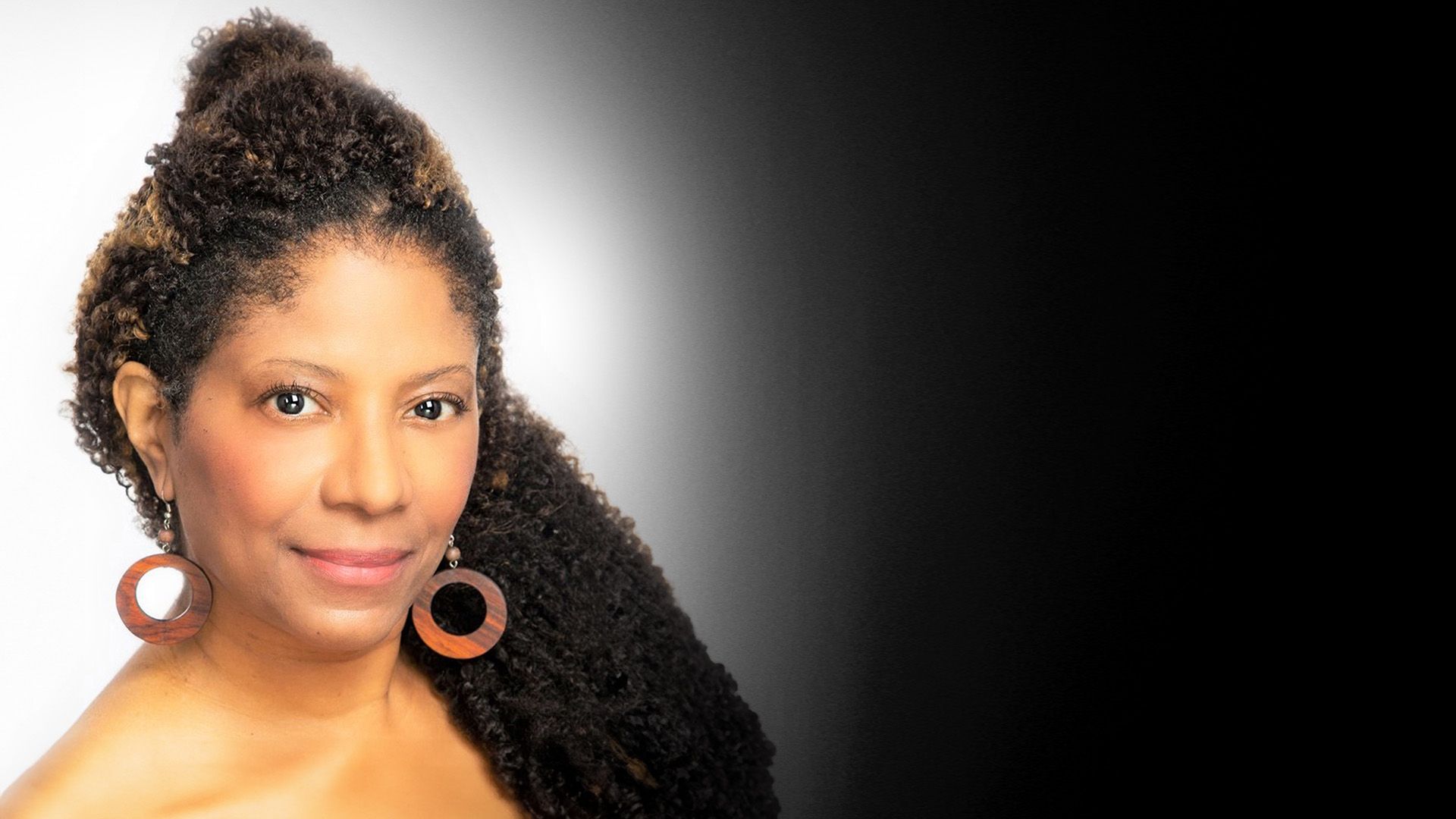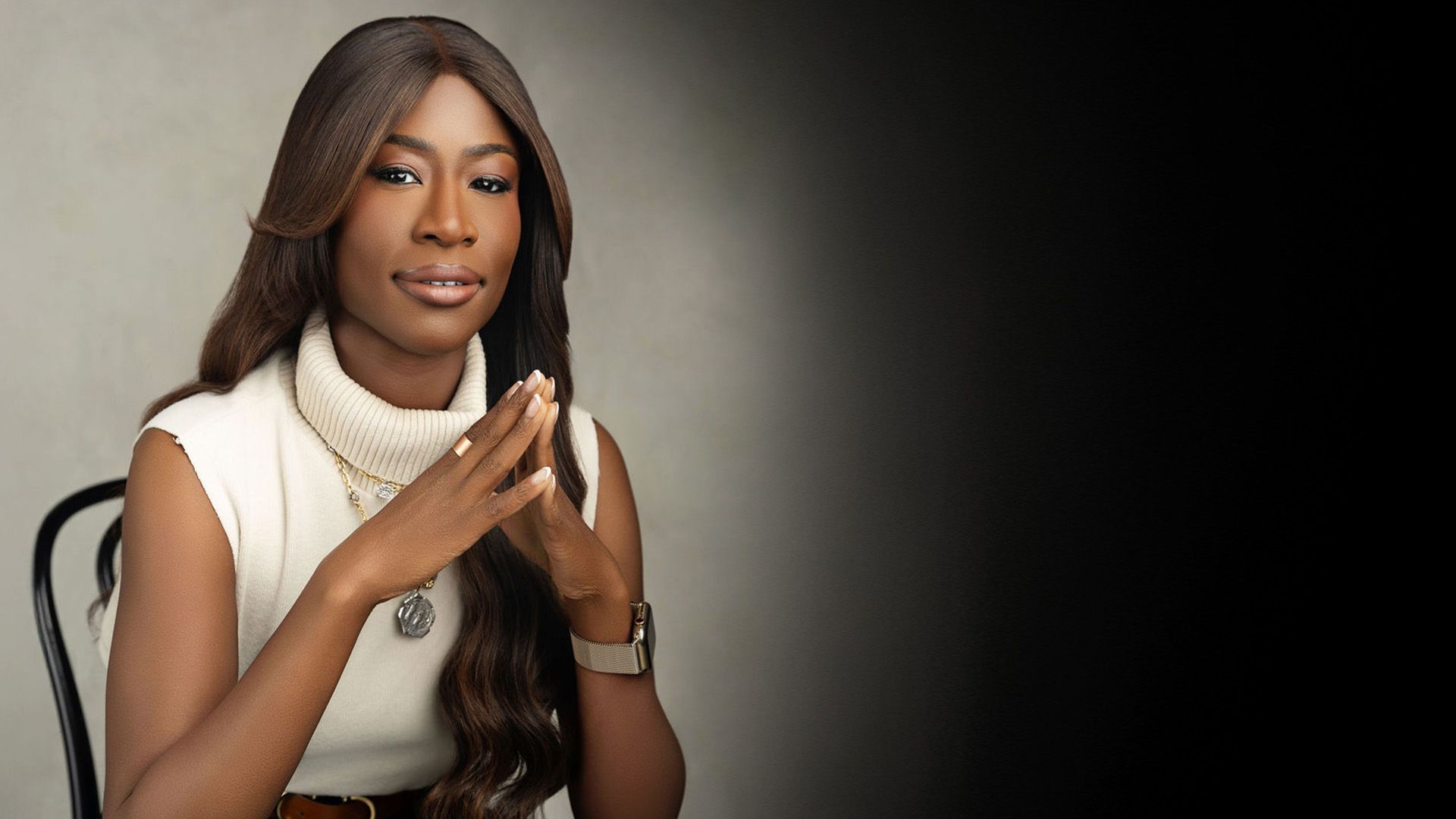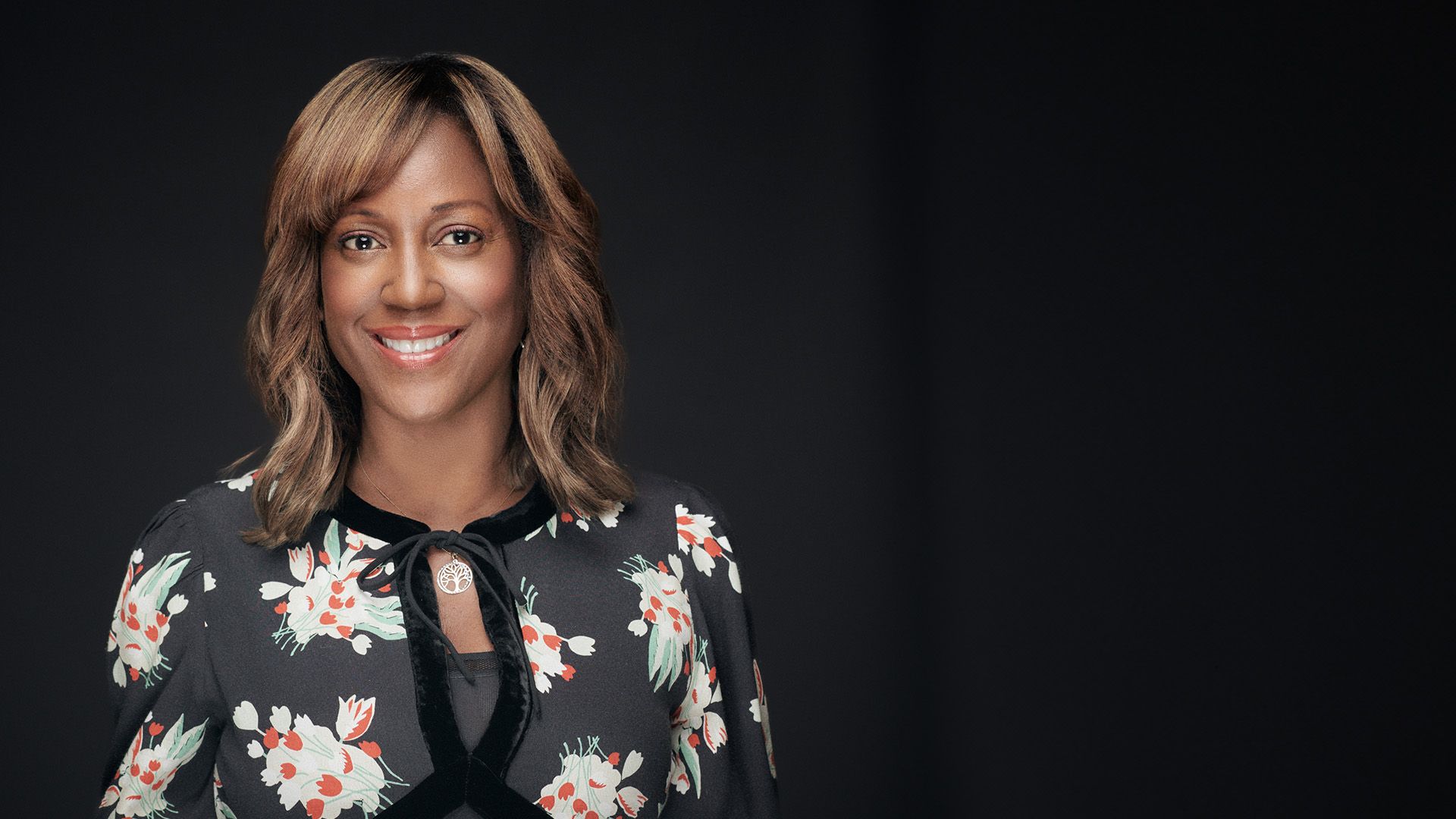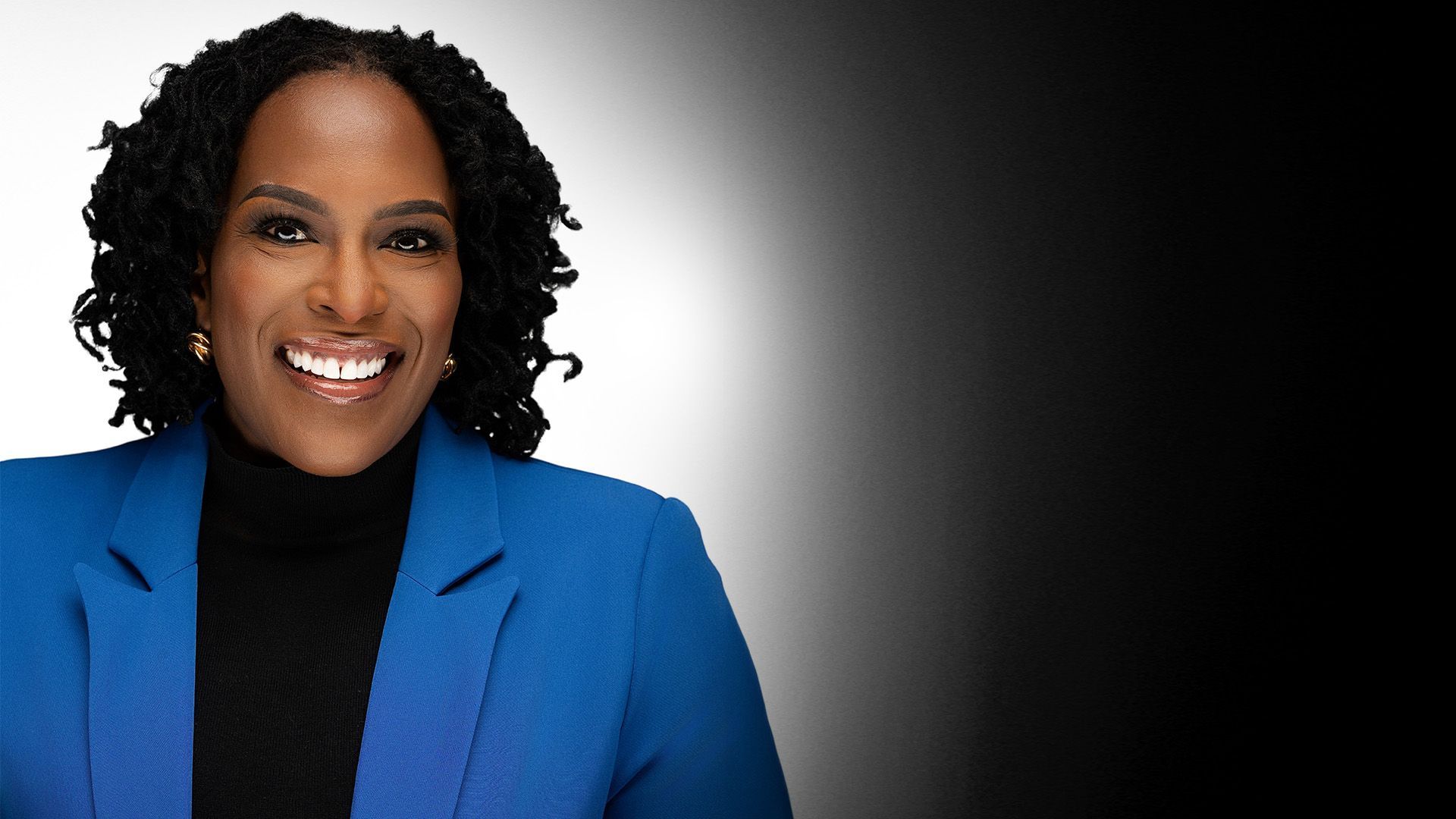Is Performative Marketing Helpful Or Harmful? Why It’s Both.
Every June, a slew of rainbow logos and Juneteenth-colored branding comes out. Yes, the appropriation of these colors and symbols become commonplace in corporate America to “commemorate” Black, Brown, and queer folks. However, every year it’s problematic.
Whether it’s rainbow logos or Juneteenth-themed ice cream, marketing teams and businesses all over the country are missing the point: how to support Black, Brown, and queer communities in authentic ways—minus the performance.
I have colleagues on both sides of the issue of performative marketing. Some believe that brands shouldn’t represent Black, Brown, and queer people as props in their marketing. Citing it’s rooted in performance and doesn’t address any of the real issues affecting these communities. While other colleagues in my circle think representation matters and should be highlighted in all spaces and places. Throwing up murals featuring marginalized groups does
make a psychological difference in how other groups view them and how they view themselves.
Two things can be true at the same time. Performative marketing can be both helpful and harmful. It’s worth peeling back the layers and examining the role marketing teams and businesses play in perpetuating the positives and negatives of performative marketing. The big question as marketers and executives becomes: How can we be intentional about our marketing this year and beyond? In what ways can we keep DEI at the forefront of our campaigns? We’ll explore these questions and more in this article.
Why Performative Marketing Is Both Helpful and Harmful
Just the other day, I was hosting a session on performative marketing for a group of communications professionals and one of the participants told me her son was trans. She said seeing marketing that positively depicts a trans person makes her son’s eyes light up. Is this a matter of performance or representation? Perhaps both, but one thing is for sure, for this trans person, seeing themselves depicted in a marketing campaign was a positive and affirming experience.
On a larger scale, after the murder of George Floyd, dozens of cities began putting up murals and renaming streets to honor the lives of Black and Brown people lost at the hands of police. Murals of Sandra Bland, George Floyd, and countless others represented the fight for justice while also honoring Black and Brown lives in ways they hadn’t before. This type of campaign kept DEI and the fight for Black lives at the forefront of people’s visual and mental awareness.
The conversation on whether or not DEI marketing is purely performative or can have value for certain groups is a both-and situation. While we do need to do more to show Black, Brown, and queer communities that we care, we should also do something about the injustices that plague these communities every day. Murals or advertising campaigns attempt to honor the lived experiences of these groups but can also serve as a catalyst for conversation and change.
The Role Marketing Teams Play
Folks in the marketing, advertising, and communication spaces need to take a bigger role in holding their clients accountable for their marketing and messaging strategies around DEI. Marketing folks can be the voice of reason when a brand wants to put Juneteenth colors on a new product or a rainbow flag over their company logo just to boost sales. Marketing professionals can encourage their clients to question what impact their marketing will have on the communities they hope to reach.
One way to keep your feet out of the flames is to consult with Black, Brown, and queer folks (not to be confused with using these groups for intellectual and emotional labor) to read through campaigns before putting them out into the world.
Pay attention if reviewers become immediately offended by a campaign or if they feel personally turned off by a messaging choice. If the people consulting with you say there are red flags in this year’s Juneteenth or Pride campaign, reevaluate it. The worst thing is to put out bad messaging that can cause emotional harm, erode the long-term reputation of a business, and break trust with customers which may have ripple effects on the bottom line.
For those who are in positions of influencing brand messaging, it’s important to hold businesses accountable and do marketing differently by developing a proactive DEI lens when producing materials. This means questioning why a business is putting out a certain campaign and if they’re truly walking the walk on DEI.
This means asking ourselves, our teams, and the businesses we work with:
● Is this campaign hitting the mark or is it performative?
● Are these really our values? What’s the evidence of that?
● How does our messaging reach Black, Brown, and queer communities?
● How can we convey what we do for these communities and why we do it?
A great example of DEI marketing done right is coming from advocacy groups. They’re winning because they’re not communicating colors, symbols, or terminology, they’re communicating impact. They’re asking themselves: How many people have we supported this year? What impact did our work have on the lives of Black, Brown, and queer folks? They hit the nail on the head every year because they know what branding is all about: painting a picture of the impact, not the performance.
Businesses Should Act on DEI, Not Just Market It
Messaging matters, but actions matter more. Businesses are investing a lot in messaging and marketing this time of year but they’re not putting nearly enough investment into the action and substance behind the messaging. While marketing teams can spend all of their time thinking of the right way to craft a campaign, the true measure of success should be assessed by what impact businesses are making in the communities they hope to serve.
If a business is throwing up a rainbow logo and calling themselves LGBTQIA friendly, it’s just rhetoric. If a business is putting Juneteenth colors on a product without consulting Black and Brown people, it’s performative.
Businesses should be thinking about:
● How can we make a sustainable impact for those in Black, Brown, and queer
communities?
● What do these communities want and need from us?
● What can we do to show these communities we value them in the long term?
● How do our employees who occupy these identities feel in this space?
● What can we do to support our existing employees in ways we haven’t before?
Businesses have to be honest about the past and present ways they attempt to reach these communities. They should think about the product or services they offer only during June that may turn off the customers they hope to reach. Then, they should infuse a DEI lens from the top to the bottom of the organization to find ways they can make a meaningful difference in these communities.
Final Thoughts
Businesses and their respective marketing teams can get caught up in the visuals of DEI. There’s an obsession with “proving” they care about Black, Brown, and queer folks by infusing certain colors, terminology, and symbols into their marketing. However, if they’re not centering a DEI lens into all areas of the business, including marketing, they’re missing the point.
Marketing, advertising, and communications professionals can produce great creative work, designs, and campaigns around Juneteenth and Pride, but when it comes to infusing a genuine DEI lens into the work, people need to take a step back. Professionals in this space should talk about the ways they support businesses and brands around thoughtful messaging and how to reach the right communities without turning them off.
All members of a business need to continue pressing organizational leaders to demonstrate their commitment to these groups first before marketing comes into play. Otherwise, their message will fall hallow on the communities they wish to serve.


